|
|
|
Editor's note
|
|
Governments and universities appear to prioritise the STEMM disciplines – science, technology, engineering, mathematics and medicine – when engaging with education, research and industry. But real-world problems need more than just the sciences.
Our four-part series, Making Science for People, explored how the humanities, arts and social sciences are used to solve problems traditionally labelled as science or technology.
Rachel Ankeny and Lisa Given examined why it is necessary to invest in inter-disciplinary research; and Ivan Marusic, Joy Damousi and Susan Broomhall explained how concepts such as turbulence can be applied in both scientific and humanitarian settings.
Joshua Krook suggested even lawyers should be focussing on creative skills so they can remain employable in the age of AI.
Finally, Cori Stewart and Jonathan Roberts told us how art could save the manufacturing industry.
|
|
|
Making Science for People
|

Actually yes, science and the arts do work together.
from www.shutterstock.com
Rachel A. Ankeny, University of Adelaide; Lisa M. Given, Swinburne University of Technology
Mobilising value from science and technology needs help from thinkers, designers, makers, policymakers and enablers – and this expertise often sits in the humanities, arts and social sciences domain.
|

A crowd of people moving at different rates is a form of turbulence.
from www.shutterstock.com
Ivan Marusic, University of Melbourne; Joy Damousi, University of Melbourne; Susan Broomhall, University of Western Australia
You might be familiar with turbulence as you experience it on a plane, or as scholars describe combustible forces of social change. But understanding how it operates is far more complex.
|

Despite changes to legal technology, Australian law schools remain wedded to an old fashioned teaching model.
Shutterstock
Joshua Krook, University of Adelaide
Australian law firms are beginning to demand that law schools teach students new skills for the new AI economy, but legal education is failing to keep up.
|
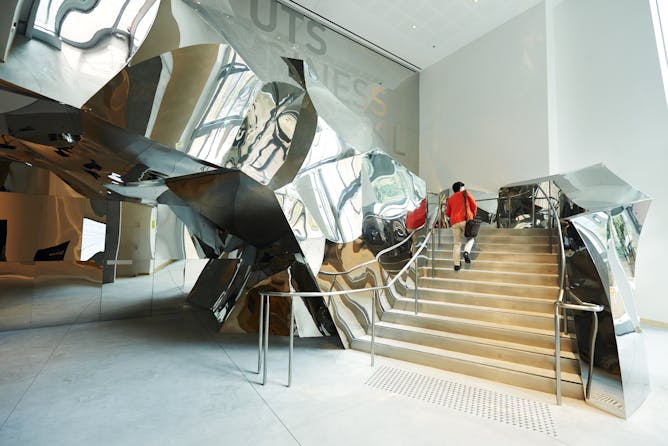
Architect Frank Gehry’s computer-designed, hand made staircase at University of Technology Sydney.
Roger D'Souza
Cori Stewart, Queensland University of Technology; Jonathan Roberts, Queensland University of Technology
The art and design industry in Australia is demanding 'mass customisation' of works of art. Robots may be the answer – and they're creating jobs already.
|
You might also like to read
|

Christopher Benjamin Menadue, James Cook University
He's back! Any mention of the killer robots debate brings images of the Terminator film. But science fiction can be a useful tool to get people interested in the real issues in science.
| |
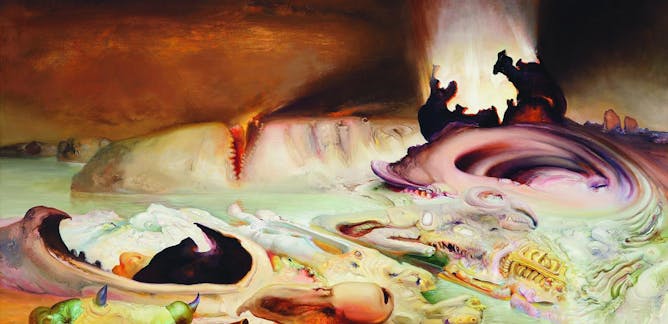
Joelle Gergis, University of Melbourne; Penny Whetton, University of Melbourne
A new art festival featuring climate-related works offers a new way to see an issue that is often framed in purely scientific terms.
|
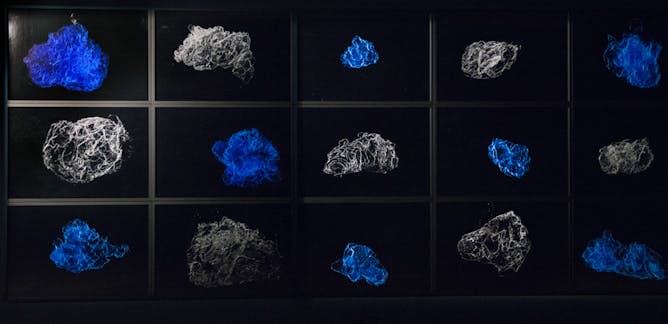
Craig Stevens, National Institute of Water and Atmospheric Research; Gabby O'Connor
When artists and scientists get together, they fuel each other's creativity and inquiry.
| |
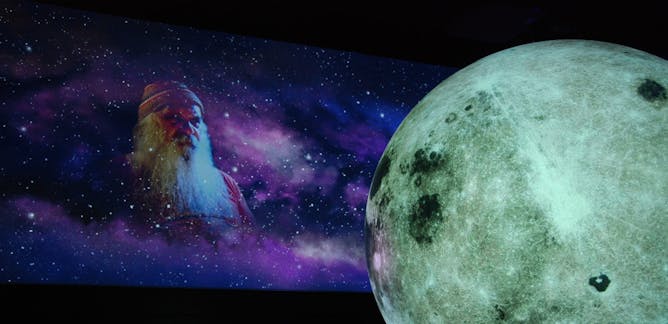
Caroline Wilson-Barnao, The University of Queensland
Museums in 2018 explore where technology fits in our culture, and examine the relationship between audiences and objects.
|

Bronwen Wade-Leeuwen, Macquarie University; Jessica Vovers, University of Melbourne; Melissa Silk, University of Technology Sydney
The A in STEAM stands for arts, and it has important influences in science, technology, engineering and maths.
| |
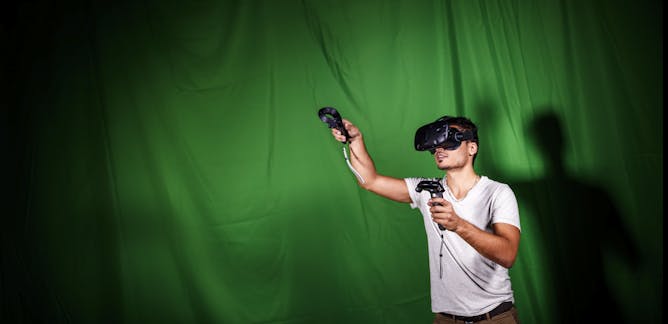
Stuart Cunningham, Queensland University of Technology
The federal government should set the country on an innovation path that takes account of where some of the strongest job growth is occurring.
|
|
|
| |
Featured jobs
|

|
RMIT University — Melbourne, Victoria
|

|
UNSW Sydney — Sydney, New South Wales
|

|
University of Melbourne — Parkville, Victoria
|

|
Murdoch University — Murdoch, Western Australia
|
|
|
|
| |
| |
| |

|
| |
| |
| |
Featured events
|
|
|
192 Wellington Parade, Melbourne, Victoria, 3002, Australia — Association for Sustainability in Business
|
|
|
14-20 Blackwood St , North Melbourne, Victoria, 3051, Australia — Victorian Responsible Gambling Foundation
|

|
221 Burwood Highway, Burwood, Victoria, 3125, Australia — Deakin University
|

|
30 Collins Street, Melbourne, Victoria, 3000, Australia — Monash University
|
|
|
|
| |
| |
| |
| |
| |
|
|
|
|
|
|
|